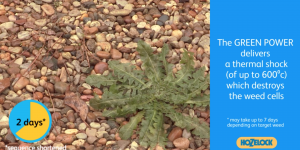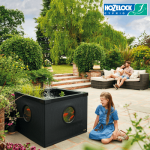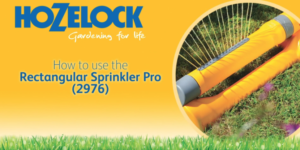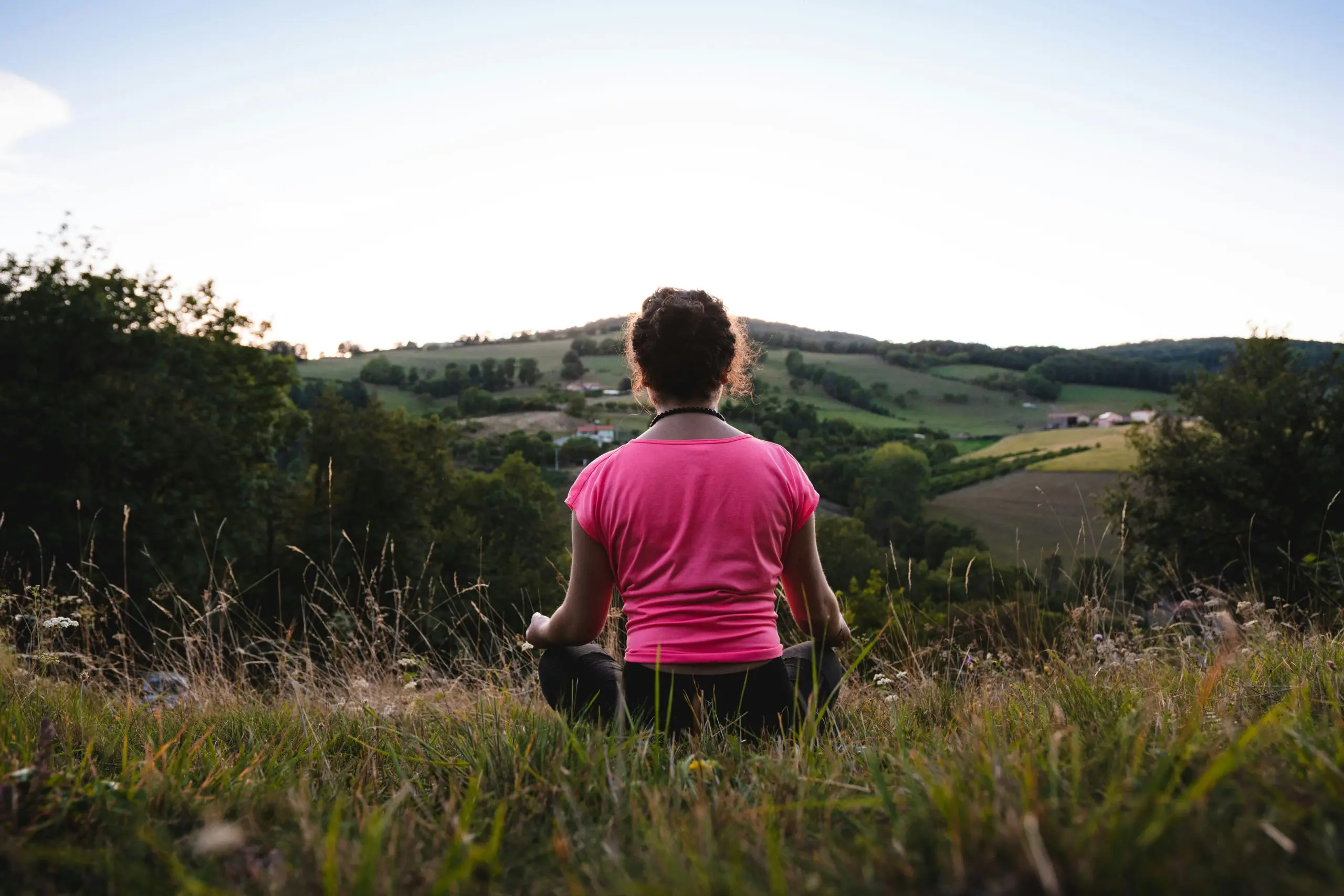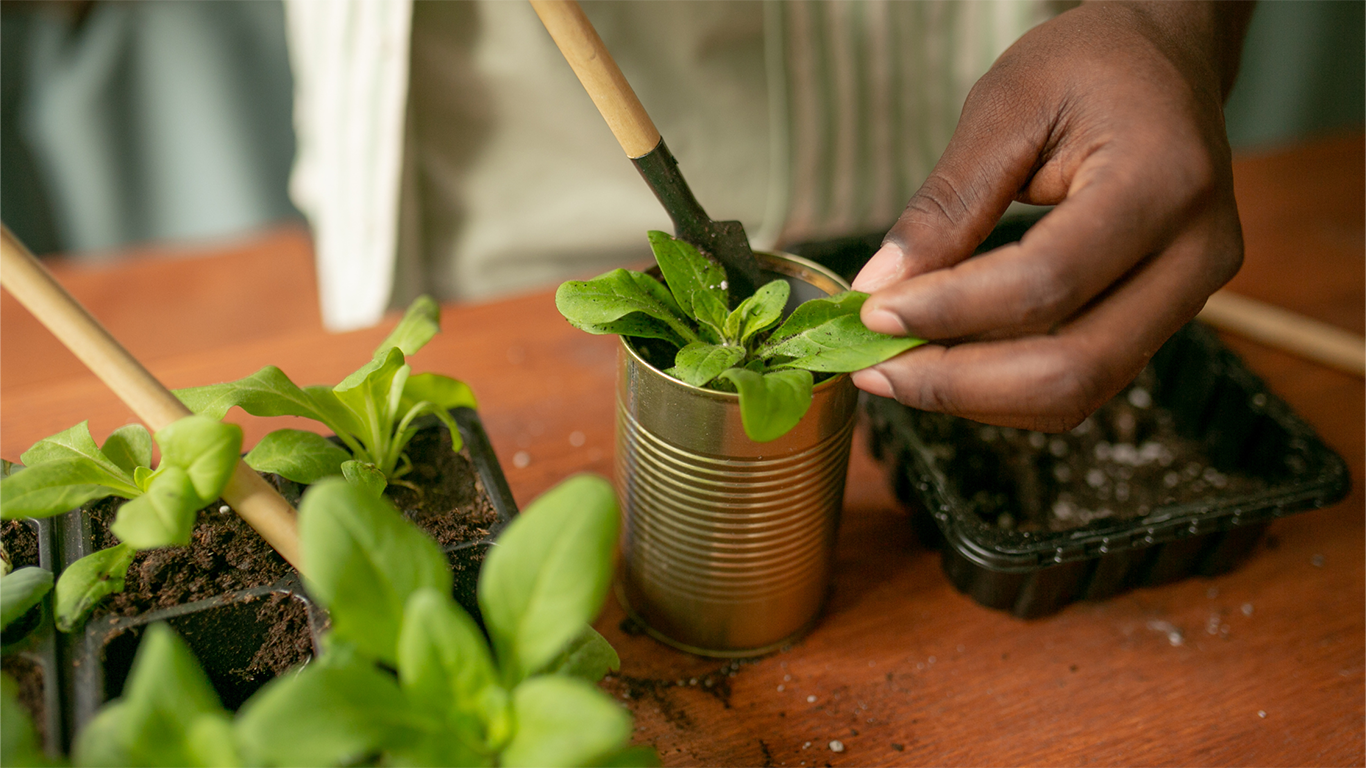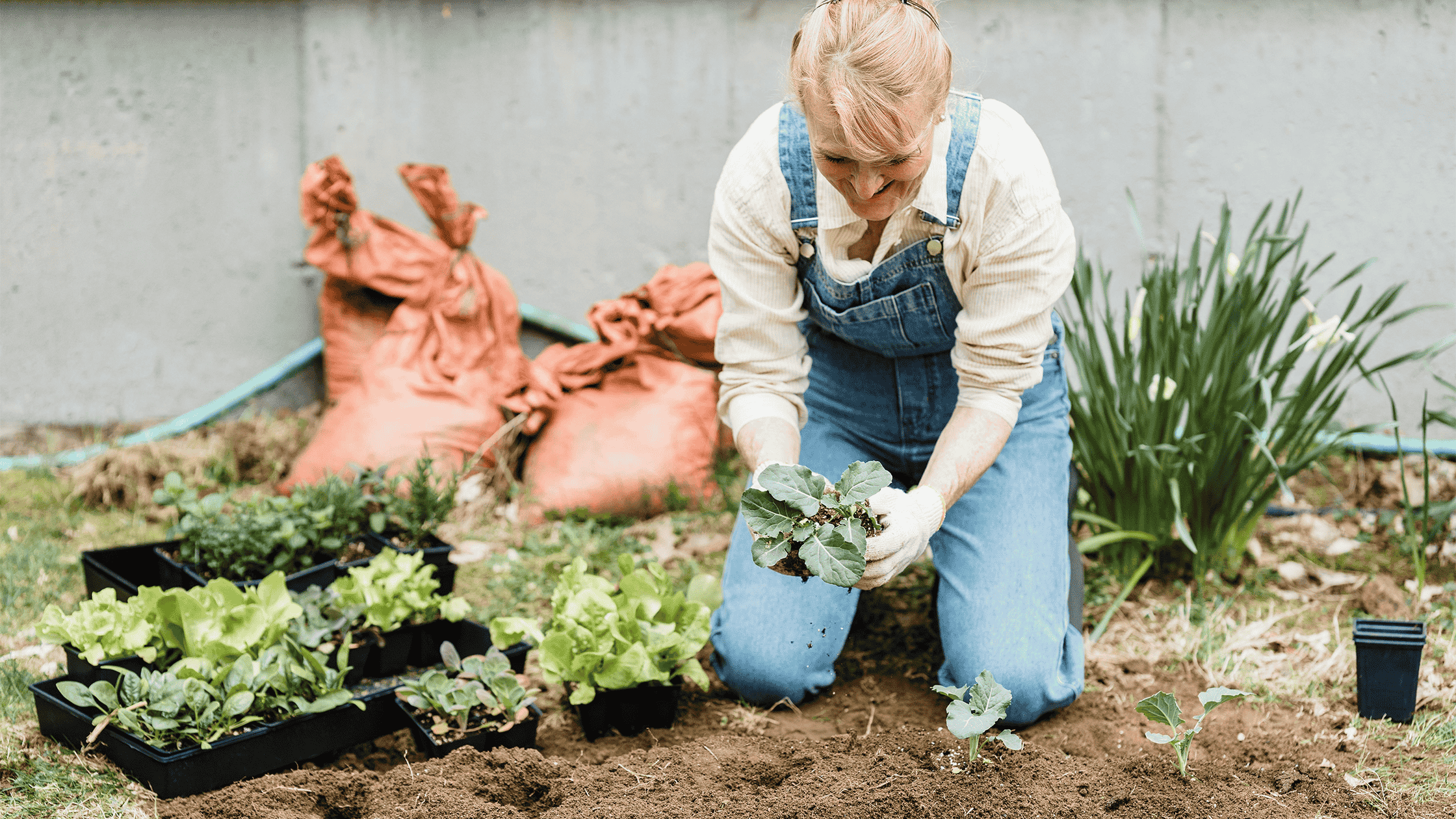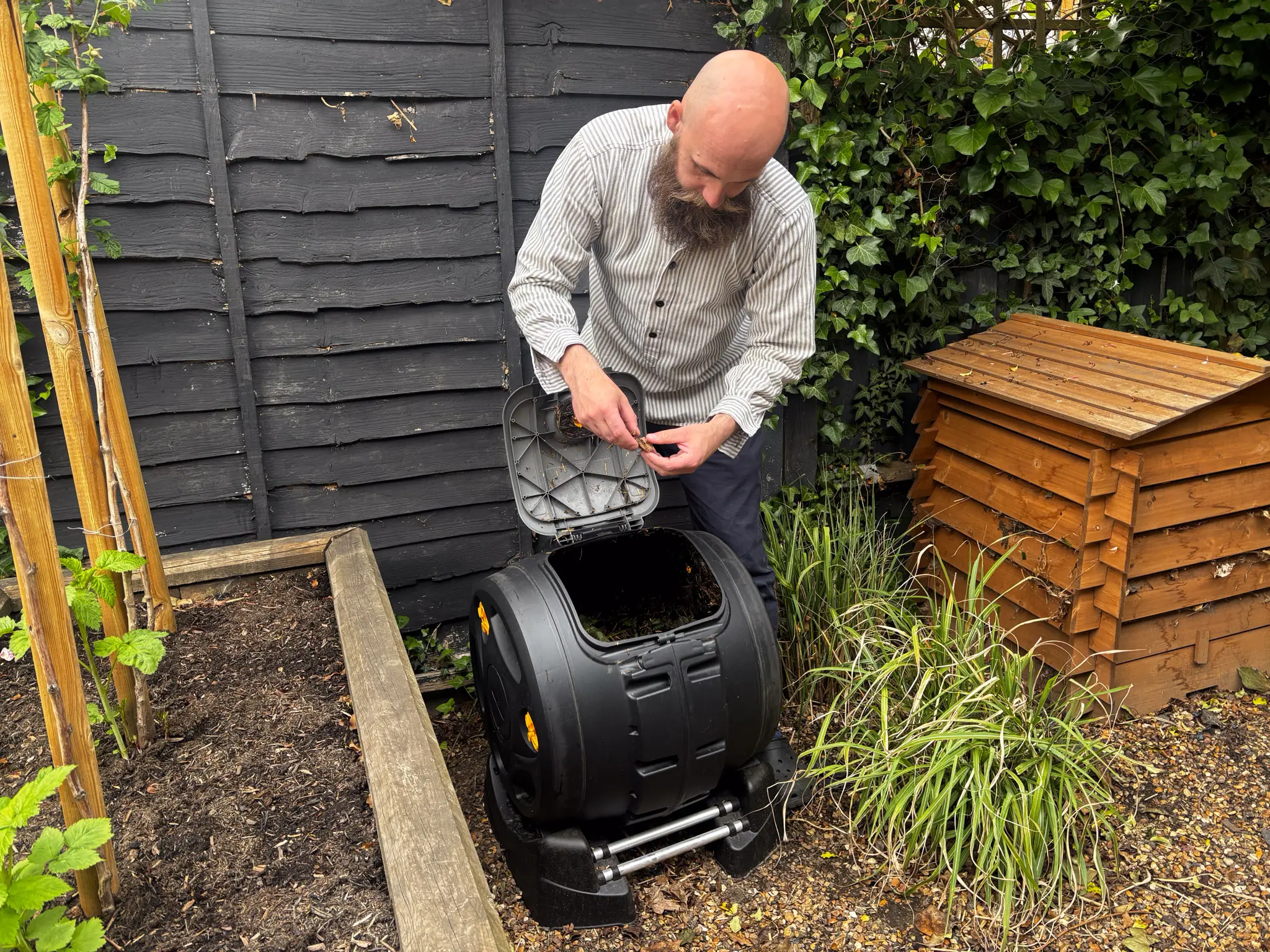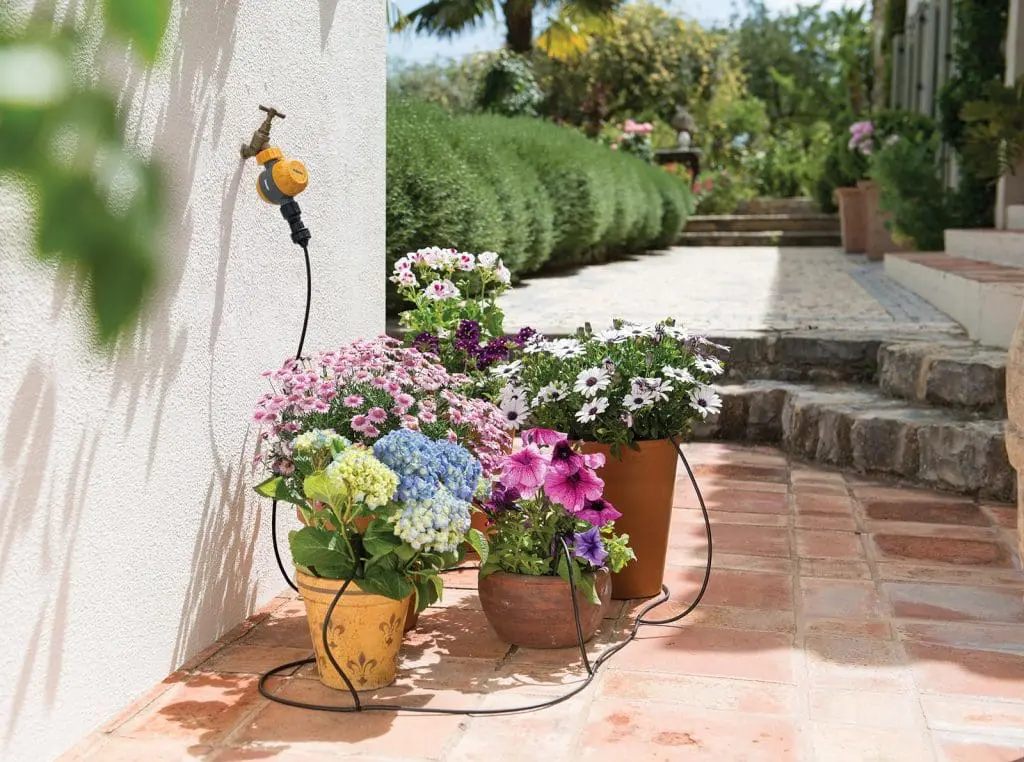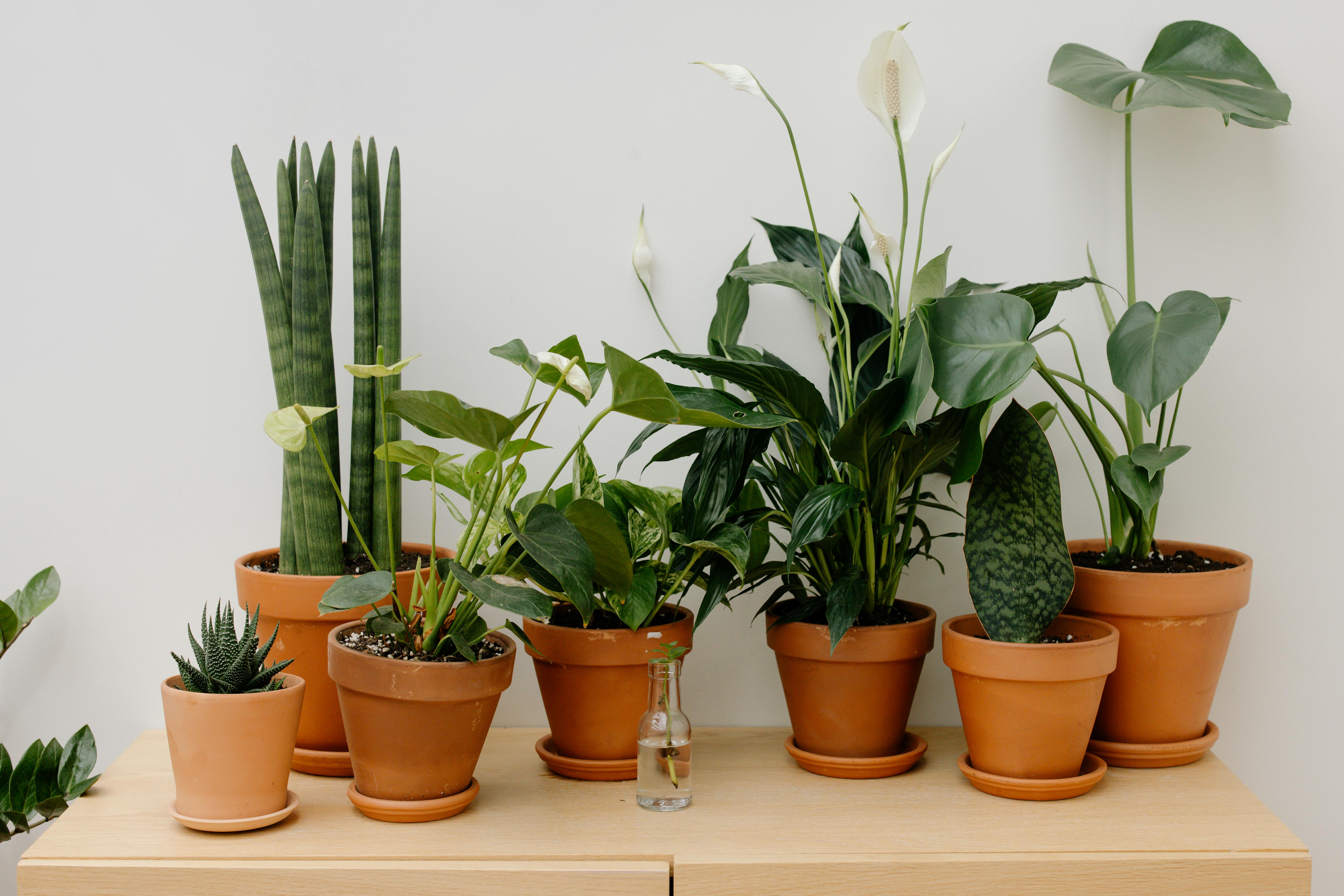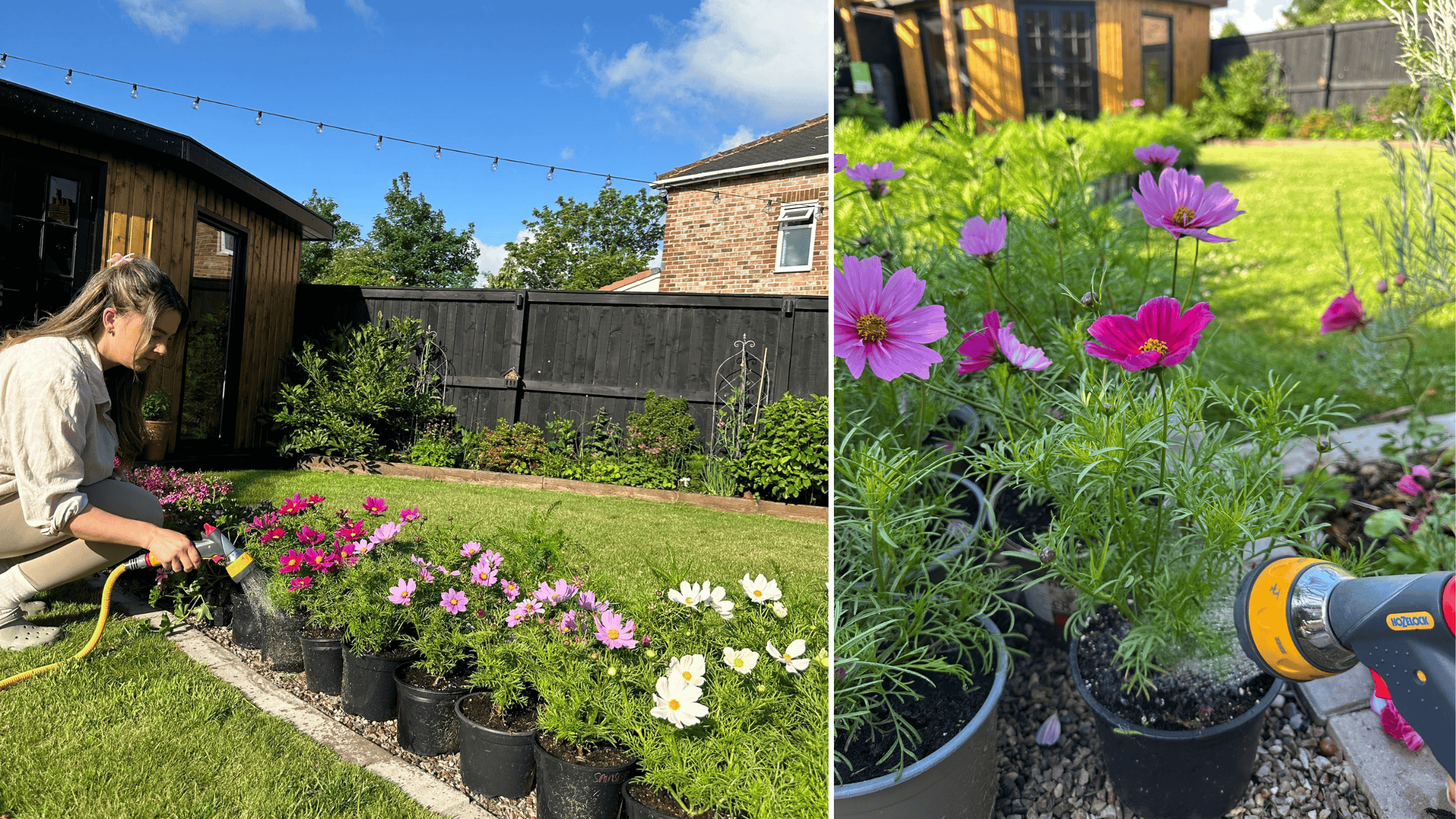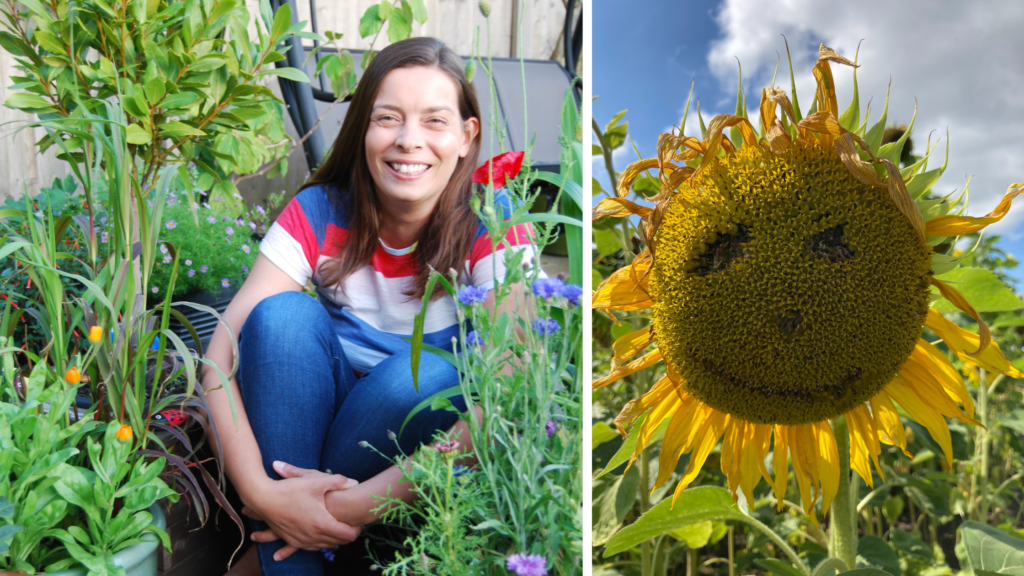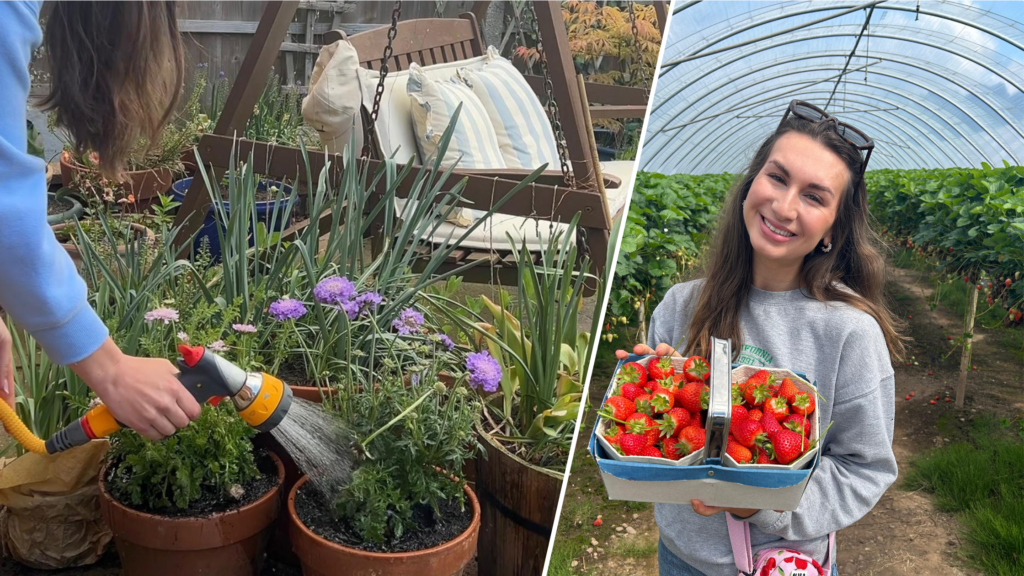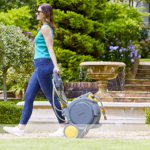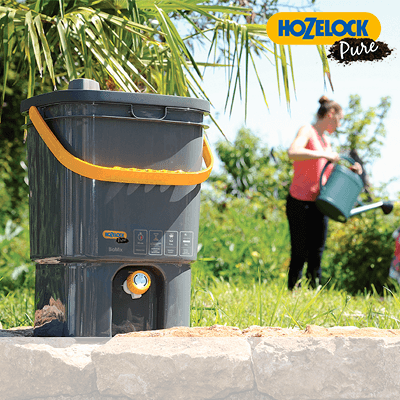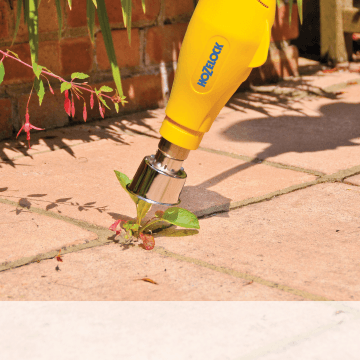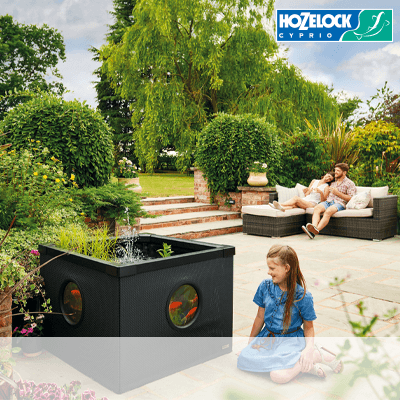In our fast-paced, always-on world, taking a moment to breathe can feel like a luxury. But that simple act—just being still and present—can transform your mental and emotional wellbeing.
Meditation is a gentle, accessible practice that helps calm the mind, lower stress, and reconnect you to what matters most: the present moment.
You don’t need to be a spiritual guru or sit cross-legged for hours to experience the benefits. Meditation is for everyone, and the beauty of it is that you can start wherever you are, even if it’s just for five minutes a day.
In this guide, we’ll explore what meditation really is, why it’s so powerful for your health and wellbeing, and how to build a peaceful space—physically and mentally—to support your journey.
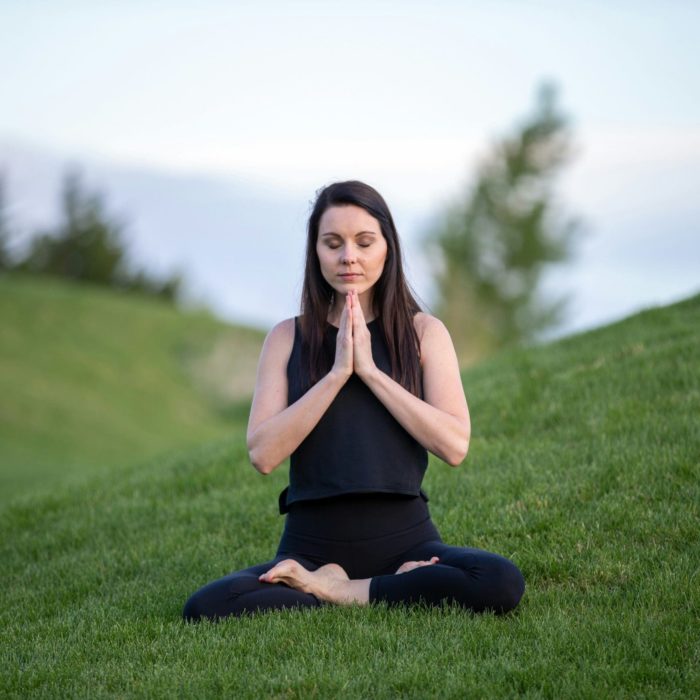
What Exactly Is Meditation?
At its heart, meditation is the practice of paying attention—on purpose, and without judgment. That might mean focusing on your breath, repeating a calming word or phrase (called a mantra), or simply sitting with your thoughts and observing them like clouds passing in the sky.
Though meditation has roots in ancient spiritual traditions—such as Buddhism, Hinduism, and Taoism—it’s now widely recognised as a practical, science-backed tool to support emotional balance, stress relief, and mental clarity. You don’t have to subscribe to any belief system to benefit from meditation. All you need is a willingness to pause, breathe, and tune in.
The Benefits of Meditation: Mind, Body, and Mood
Meditation isn’t just about relaxation (though that’s a lovely bonus). Consistent practice can support every aspect of your mental and physical health. Here’s how:
- Reduces Stress and Anxiety: Meditation lowers levels of cortisol, the body’s primary stress hormone. Over time, this can help you feel calmer, more grounded, and less reactive to everyday pressures.
- Improves Focus and Concentration: Struggling to stay on task? Regular meditation trains your attention span—just like a workout strengthens your muscles. Even just 10 minutes a day can improve clarity and decision-making.
- Supports Emotional Balance: Meditation helps you become more aware of your thoughts and emotions, without being overwhelmed by them. This can lead to greater emotional resilience, self-compassion, and inner peace.
- Encourages Better Sleep: If racing thoughts keep you up at night, meditation can quiet the mind and relax the body, setting the stage for deeper, more restorative rest.
- Boosts Physical Wellbeing: Studies suggest meditation may help reduce blood pressure, ease chronic pain, and support immune function by reducing inflammation and promoting relaxation.

Where to Meditate: Finding Your Ideal Space
The beauty of meditation is that it can be done anywhere. You don’t need a special room, expensive tools, or hours of free time. Here are some calming spaces to consider:
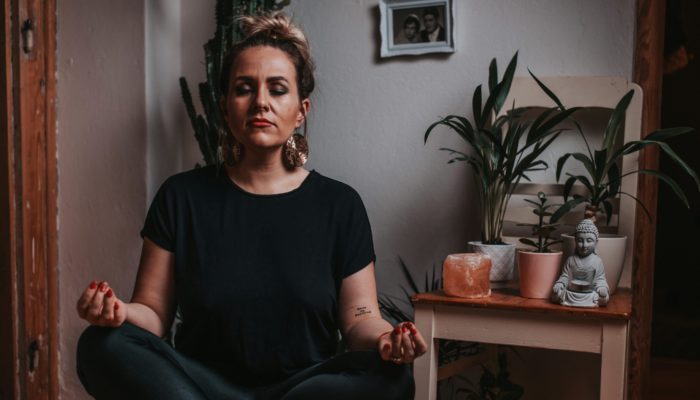
At Home
Create a dedicated corner in your home where you can unwind. Add a comfy cushion or chair, soft lighting, and calming scents like lavender, eucalyptus, or sandalwood. A few personal touches—like a plant, crystal, or photo—can help make the space feel welcoming and peaceful.

In Nature
There’s something grounding about meditating outdoors. Parks, gardens, forests, or even a quiet spot by the sea can offer a beautiful backdrop for mindfulness. Let the sounds of birdsong or rustling leaves guide your breathing.
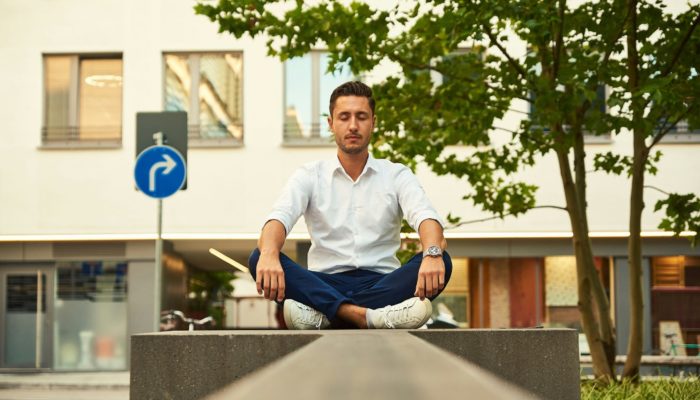
At Work
Even a two-minute breathing break at your desk can work wonders. If possible, find a quiet room (or maybe pop outside) where you can sit undisturbed.

On the Go
Travelling by train or bus? Use this time to close your eyes, listen to a guided meditation, or simply focus on your breath. Meditation isn’t about being in the “perfect” place—it’s about being present wherever you are.
Creating a Daily Meditation Habit
If you’re new to meditation, the idea of “clearing your mind” can feel intimidating—but you don’t have to be perfect. Thoughts will come and go. The practice is about noticing them, letting them pass, and gently bringing your focus back.
Here’s how to build a meditation habit that fits into your lifestyle:
- Start Small: Begin with just 3 to 5 minutes a day. Once that feels comfortable, you can slowly build up to longer sessions if you’d like. Consistency is more important than duration.
- Use a Guided Meditation App: Apps like Headspace, Calm, Insight Timer, or Balance are excellent for beginners. They offer structured, voice-led meditations that take the guesswork out of the process.
- Pair it with an Existing Habit: Anchor your meditation to something you already do each day—like after brushing your teeth, before your morning coffee, or just before bedtime.
- Try Moving Meditation: You don’t have to sit still to meditate. Walking meditation, gentle yoga, or mindful gardening can all help you stay present and aware of your body and surroundings.
- Join a Meditation Group: Some people find it easier to stay motivated by meditating with others. Look for local classes or online sessions that offer group support and guidance.
- Be Kind to Yourself: There’s no “right” way to meditate. Some days your mind will wander—and that’s okay. The key is to show up, breathe, and give yourself the grace to keep going.
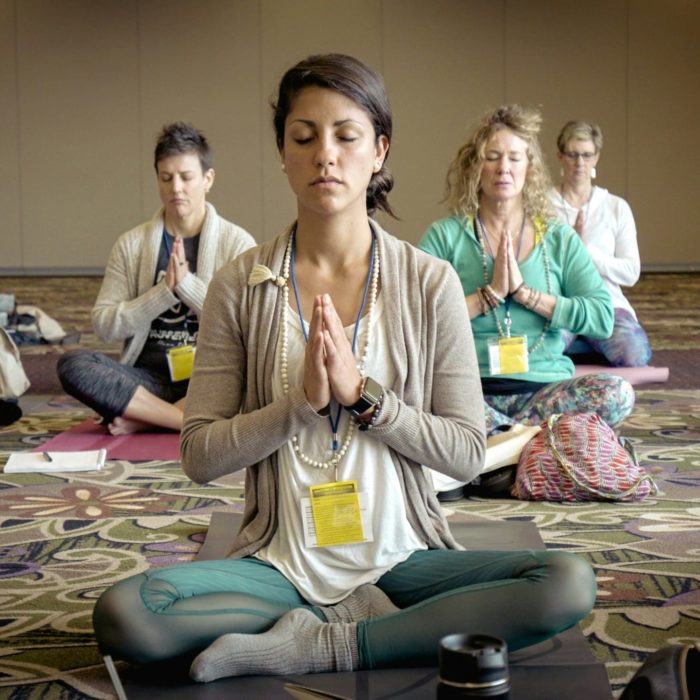
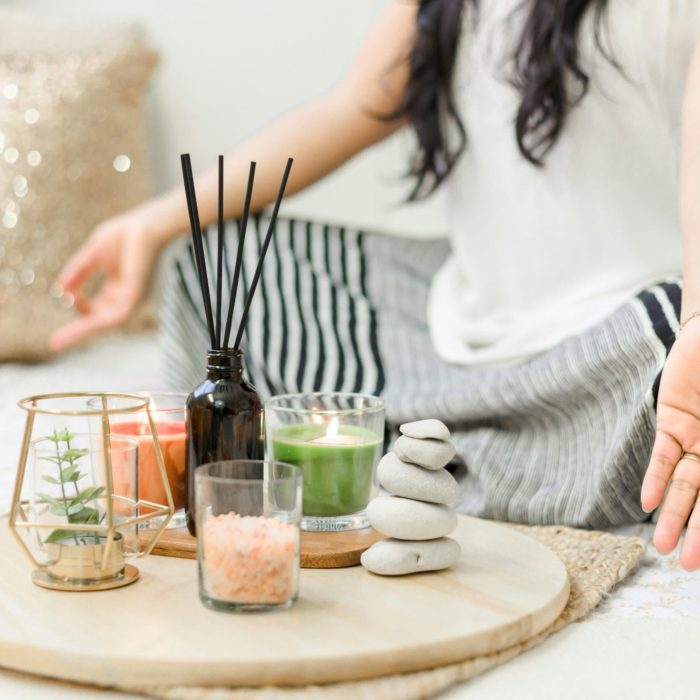
Build a Space That Encourages Mindfulness
While meditation can happen anywhere, creating a space that feels safe, calm, and inviting can make it easier to build the habit. Here are a few tips for setting up a mindful environment:
- Soothing Sounds: Play gentle background music, nature sounds, or white noise to create a sense of calm. If silence feels uncomfortable, sound can help you relax into the experience.
- Light and Scent: Soft lighting (natural light or a warm lamp) can ease visual tension. Consider adding aromatherapy through candles, incense, or essential oil diffusers to engage the senses.
- Comfort is Key: You don’t need to sit cross-legged on the floor. Use a cushion, yoga mat, or even a chair that supports your back and legs comfortably.
- Add Meaningful Touches: Include items that help you feel grounded—a journal, calming stone, prayer beads, or even a quote or affirmation that resonates with you.
Making Space for Stillness
Meditation is a powerful way to reconnect with yourself, even in the busiest moments of life. Whether you’re looking to ease anxiety, sleep better, or simply carve out a few minutes of peace, the practice offers a gentle, grounding way to come home to your body and mind.
You don’t need to be an expert or commit to long sessions. Just start small, stay curious, and give yourself permission to pause. With time, you may find that this daily ritual becomes a treasured part of your wellbeing routine.
So take a deep breath. Make space. And begin.







